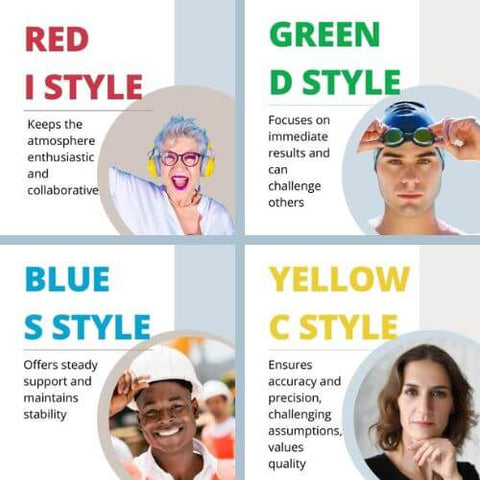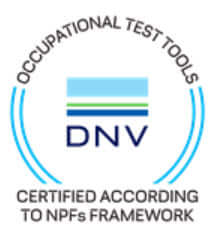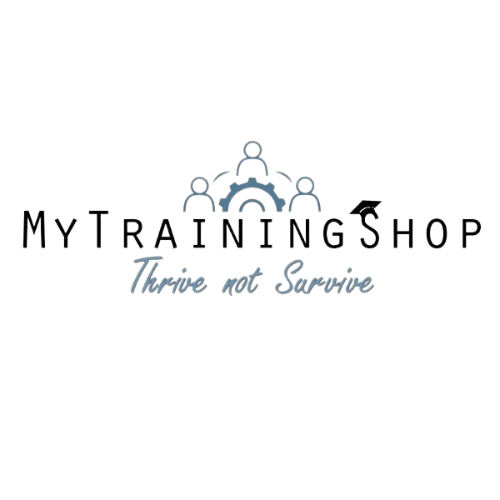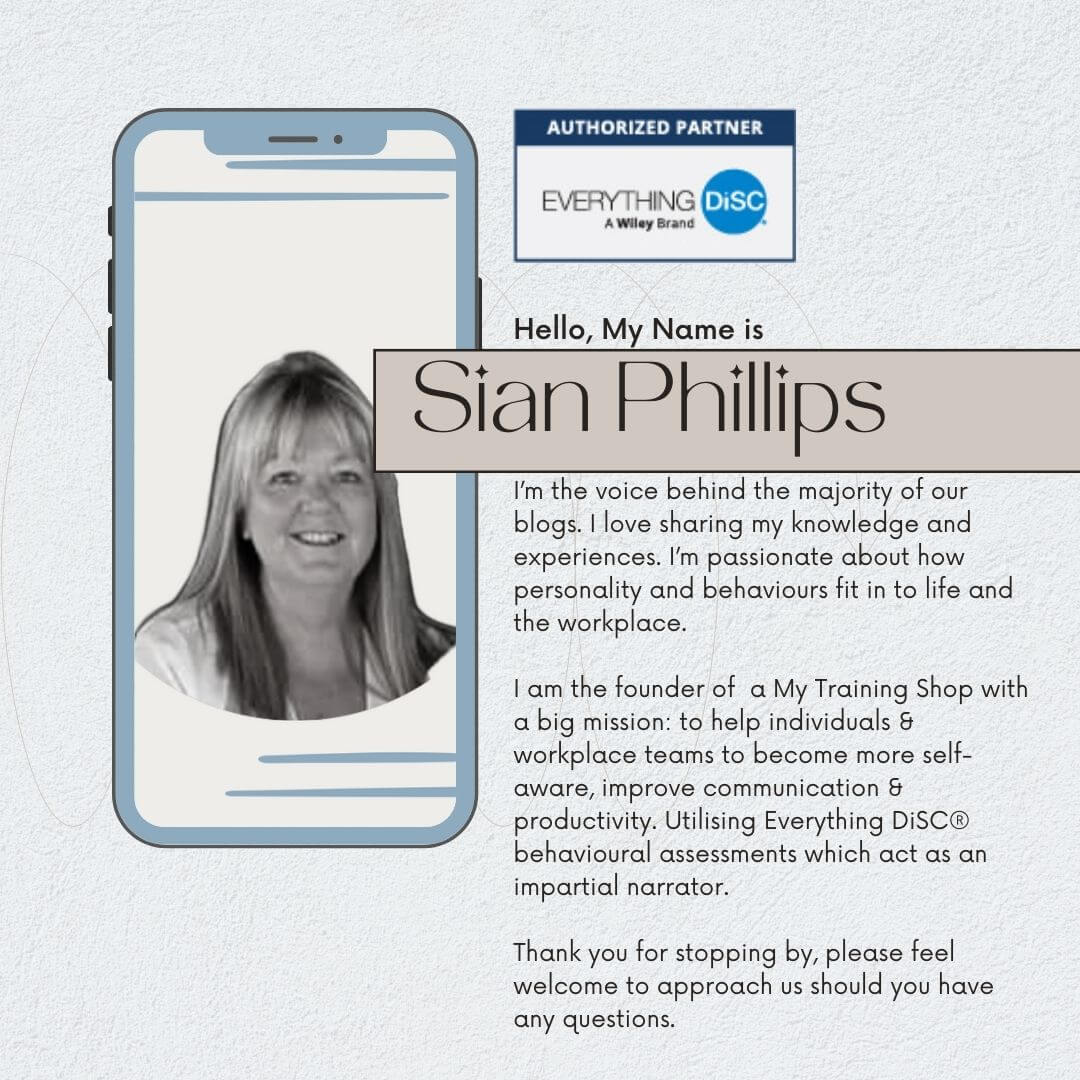Understand Priorities & Shading in Everything DiSC® Reports
Everything DiSC® reports are vital tools for understanding workplace dynamics. They offer deep insights into individual behaviours, helping teams and leaders work more effectively together. The below image shows the priorities (outer circle) for the most commonly utilised profile Jon Wiley's Everything DiSC® Workplace

Map Shading
By focusing on priorities and shading, these reports highlight the nuanced differences in how people approach tasks and interact with others.
Before we get carried away, it’s worth mentioning the basics. In the context of Everything DiSC, “shading” refers to the way a person’s profile is represented on the DiSC map. This could be considered as a person's comfort zone.
DiSC® Evaluation
The first step in leveraging DiSC® is understanding the concept of priorities and personality colours. Each profile in the DiSC® model—Dominance, Influence, Steadiness, and Conscientiousness—has unique priorities that drive behaviour.
D = Dominance
(D): Prioritises results, action, and challenge
i = Influence
(i): Values enthusiasm, collaboration, and recognition
S = Steadiness
(S): Emphasises support, stability, and harmony
C = Conscientiousness
(C): Focuses on accuracy, quality, and expertise

Shading
Most individuals lean towards one or two DiSC styles. Some may have a single-letter style (D, i, S, or C), while others may exhibit a 2-letter style (iS, SC, CD, etc.). These 2-letter styles show style blends, suggesting that their personality type is close to the border between two of the main quadrants.
DOT Placement
Helpful to know: The distance of a dot from the edge of a circle indicates a person's natural inclination to embody their style characteristics.
Jon Wiley's Everything DiSC® assessment can go beyond assigning a single letter or two to your personality style, offering a much deeper and multi-dimensional understanding.
In turn, this can change the priority scale (the descriptors on the outside of the circle) attached to a person's Style.

As aforementioned, In an Everything DiSC® assessment, there are 4 basic styles - D-i-S-C, where each person's dot is plotted on the DiSC map. Each style is divided into 3 regions. This image shows 12 different regions where a person's dot may be located. In this case, the dot is in the i region but somewhat bordering the D region, so this person represents an i-D Style.
For interest, people with an i-D style are likely to be outspoken, active, bold, and persuasive, as these qualities align with both the i and D styles.
Important!
All of us are a blend of all DiSC styles, no one style is better than another, and the same goes for additional priorities and shading.
For example, If a person's dot is in the D quadrant, they may have more dominant behaviours and preferences compared to others. However, they may also exhibit behaviours from the other three quadrants on occasions.
All DiSC styles and priorities are equally important. Every individual is a mix of all 4 styles. Your work style is also affected by other factors like life experience, education, and maturity.

Shading adds another layer of depth by illustrating the intensity of these priorities. It shows how strongly an individual identifies with their primary style and where they might flex into other styles.
This visual representation helps in understanding not just where someone excels, but also where they might need support or development.
For instance, in a DiSC® report, a person with shading that extends into the Influence style but primarily identifies with Steadiness might be very reliable yet still enjoy engaging with others. This is described as an S -i style.

Equally so, a person who is an i style and stretches substantially into an S style. As an i-S this person is likely to display both the influence of the i style and the steadiness of the S style. They are usually patient and empathetic and keen to offer support to others.
Recognising these subtleties can lead to more effective communication and task assignment, ensuring everyone is operating in their strengths while acknowledging their areas for growth.
Priorities:

A respondent's results usually charts them with 3 priorities (the descriptors sitting on the outside of the circle) On the other hand, some participants can receive up to 2 extra priorities, once again this does not make one person better than another. Illustration shows an i style with 1 additional priority - 'Challenge'
The diagram shows an S style with no additional priorities:

Understanding these elements within DiSC® reports is crucial for fostering a supportive and productive work environment. It enables leaders to tailor their management approaches, enhance team collaboration, and drive overall success.
Noteworthy
The following circumflex images show how priorities change based on the type of report being used. The profile's focus and context determine what is measured by the priority scale.
NB: Everything DiSC® Workplace for teams is used in 80% of cases.

Everything DiSC Workplace Priorities

Some participants also include role-specific reports like Work of Leaders,

Management, Sales, Productive Conflict, and Agile EQ.

Applying DiSC® Insights in the Workplace
Implementing DiSC® insights can revolutionise team performance and workplace satisfaction. By leveraging the priorities and shading revealed in DiSC® reports, leaders can strategically align tasks with individual strengths, resulting in significant productivity boosts and enhanced job satisfaction.
Consider this scenario: A team member’s DiSC® profile shows a strong Conscientiousness (C) style. These individuals typically excel in:
- Detail-oriented tasks
- Analytical problem-solving
- Precision-focused projects
Assigning such team members to tasks that require meticulous attention and thorough analysis not only leads to superior outcomes but also increases employee engagement.

Moreover, the shading in a DiSC® report can reveal potential areas for development. If a person’s shading shows a moderate level of Influence, they might benefit from opportunities to develop their interpersonal skills. Encouraging participation in group projects or leading meetings can help them grow and contribute more effectively to the team.
Integrating these insights into daily operations can also improve communication. Knowing that a colleague prioritises Steadiness means they value stability and support. Approaching them with clear, structured communication and providing a reliable environment will enhance interactions and reduce misunderstandings. We have a Buyer’s Guide for Companies and Individuals going over DiSC® personality reports.
Enhancing Team Collaboration with DiSC®
DiSC® reports are not just for individual development; they are powerful tools for enhancing team collaboration. By understanding the priorities and shading of each team member, leaders can create more cohesive and effective teams.

When forming teams, considering DiSC® profiles ensures a balanced mix of styles. A team with a diverse range of DiSC® styles is more likely to have a broad skill set, making it adaptable and resilient.
For instance, combining individuals with high Dominance and Influence can drive innovation and action, while those with Steadiness and Conscientiousness provide stability and attention to detail.
Regularly revisiting DiSC® insights during team meetings can keep these dynamics in focus. Discussing how different priorities affect team goals and workflows encourages mutual respect and understanding.
It also provides a platform for addressing any conflicts that arise from differing styles, ensuring they are resolved constructively.

To truly embed DiSC® insights into the team culture, ongoing training and development are essential. Workshops and training sessions on DiSC® can deepen the team’s understanding of their own and each other’s styles. You can gain DiSC® Trainer Certification to ensure you are best placed to help your team. Certification isn’t required to bring Everything DiSC® to your company, however, but it can help you gain expertise. This ongoing education fosters a culture of continuous improvement and collaboration.
Practical Tips for Using DiSC® Reports
Here are some practical tips for effectively using DiSC® reports in your organisation:
- Regularly Review Reports: Keep DiSC® profiles updated and review them periodically to ensure they reflect any changes in roles or team dynamics.
- Tailor Communication: Adjust your communication style based on the DiSC® priorities of your team members to enhance clarity and understanding.
- Assign Tasks Strategically: Use DiSC® insights to assign tasks that align with individual strengths and developmental areas.
- Foster Development: Provide opportunities for team members to develop skills in areas highlighted by their DiSC® shading.
- Encourage Team Discussions: Facilitate regular discussions about DiSC® insights to keep team dynamics positive and productive.
- Consider DiSC® on Catalyst™ for easy online management
Real-Life Applications of DiSC® Priorities and Shading

Understanding priorities and shading in DiSC® reports is not just a theoretical exercise; it has practical implications for everyday work life. Whether it’s for personal development or improving team dynamics, these insights can lead to significant enhancements in workplace efficiency and satisfaction.
Personal Development
For individuals, knowing their DiSC® priorities helps in self-awareness and personal growth. It enables them to recognise their natural strengths and areas where they might need to improve. For example, a person with a high Dominance style might focus on developing patience and listening skills, which can be beneficial for leadership roles.
Shading provides a more detailed picture by showing the intensity of these traits. This can help individuals understand when they might need to adjust their behaviour.
For instance, someone with shading in the Conscientiousness style might need to learn to be more flexible and open to change when working on fast-paced projects.
Leadership and Management
For leaders, DiSC® insights are invaluable in managing teams effectively. By understanding the priorities of their team members, leaders can tailor their approach to fit each individual’s needs. This not only boosts morale but also enhances productivity.

A leader who knows that a team member prioritises Influence can provide opportunities for that person to network and engage with others. Conversely, understanding that another team member prioritises Steadiness can lead to offering them roles that provide stability and routine.
Shading further assists leaders by indicating which traits are most pronounced and where there might be room for development. This helps in creating balanced teams where strengths are maximised and weaknesses are mitigated.
Enhancing Communication
DiSC® reports provide a framework for understanding how different people prefer to communicate. This understanding can prevent misunderstandings and conflicts, leading to a more harmonious workplace.
For example, someone with a high Influence style might prefer enthusiastic and energetic communication, while someone with a high Conscientiousness style might appreciate detailed and precise information. By tailoring communication styles to fit these preferences, interactions become more effective and less prone to miscommunication.

Shading helps by showing how flexible or rigid someone might be in their communication style. This can guide how to approach conversations and feedback, ensuring they are received in the most constructive manner.
Understanding priorities and shading in Everything DiSC® reports is essential for leveraging the full potential of this powerful tool. By recognising and applying these insights, individuals can grow personally and professionally, leaders can manage more effectively, and teams can work more harmoniously.
DiSC® provides a framework for understanding the complex dynamics of human behaviour, making it an invaluable resource for any organisation committed to fostering a positive and productive workplace.

Through ongoing education, practical application, and a commitment to integrating DiSC® into the organisational culture, businesses can achieve greater success and employee satisfaction.
At My Training Shop, we are committed to helping individuals and organisations harness the power of behavioural insights through our Everything DiSC® reports and training programmes.
DiSC (English version) is recognised as an occupational test tool in the UK. DNV GL is an approval given to manufacturers. It confirms that a product meets international standards. The approval also shows compliance with regulations and DNV GL rules. This provides proof of high-quality and safety standards for a company.
Worksmart on Catalyst
WORKSMART ON CATALYST Lead Smarter, Work Smarter! 💡Equip your managers with the skills they need to thrive.
Bring DISC into everyday moments.
Make communication easier and more consistent—explore the DISC Mugs and other supporting materials now.
DiSC® Analysis Download
FREE PDF download of this blog request it here: Email: help@mytrainingshop.co.uk

Want to find out more? Get in touch
or
Email: help@mytrainingshop.co.uk
© Sian











